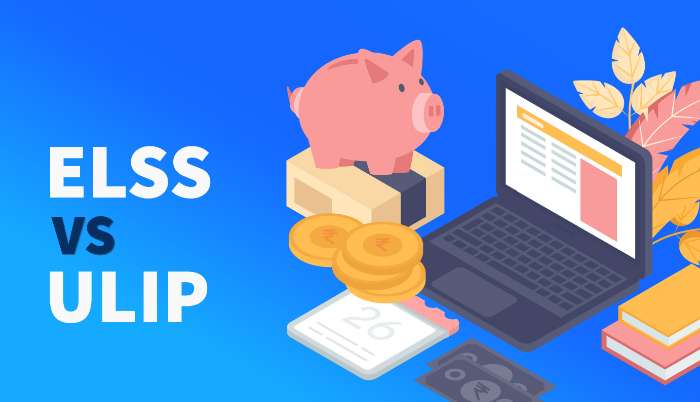Are you looking for Tax savings? Your answer might be yes. Who does not want to save taxes and earn a higher return on investments? No doubt, traditional investment options such as Fixed Deposits are at all-time highs and favourites among the majority of people. However, when it comes to tax savings, the options are wide and diverse, and compared to Fixed Deposits, these financial products offer high returns.
Looking at the available options for tax savings with high returns, you can opt for multiple investment products among them with diversification. Public Provident Fund (PPF), National Pension Scheme (NPS), and National Savings Certificate (NSC) are some great investment options that offer both, high returns and tax benefits under the Income Tax Act, 1961. These investment products offer high fixed returns compared to Fixed Deposits. However, market-linked products such as Unit-Linked Insurance Policy (ULIP) and Equity-Linked Savings Scheme offer much higher returns compared to FD, PPF, NPS, and NSC with tax-saving options.

What are market-linked investment products?
Market-linked investment products, as the name suggests, are investment products that invest in the market-linked equity market. These products are a great investment option for those who are willing to take on substantial risk and save tax as well. Unlike fixed-income options such as NPS, PPF, and NSC, market-linked products provide higher long-term returns. However, these investments come with high risk, as they are linked to the equity market.
The Indian financial markets are filled with investment alternatives that cater to the interests of all types of investors. Among various options, ULIP and ELSS are the two market-linked investment products that offer high returns with tax benefits under Section 80C of the Income Tax Act, 1961.
What is a ULIP?
ULIPs are a type of life insurance plan that offers both life insurance and investment opportunities. A portion of the ULIPs payment/premium is invested in various market-linked funds, while the remaining is used to provide life insurance. ULIPs often yield better returns than traditional fixed-income assets, such as fixed deposits.
ULIP comes with a five-year lock-in period. Withdrawals, either whole or partial, are only allowed once this period has passed. To be eligible for partial withdrawals, you must have completed the ULIP lock-in period and paid all premiums for the first five years of the policy on time.
What is ELSS?
ELSSs are a form of Mutual Fund investment scheme with a focus on equity and securities related to the stocks of firms that have strong growth potential. These funds come with a 3-year lock-in period. Due to their three-year lock-in period, ELSS funds are a well-liked option for taxpayers wishing to take advantage of tax savings. These funds often yield long-term returns between 12-15%, which is among the highest yields among the tax-saving vehicles.
However, as mentioned, it is a highly risky option due to its high equity exposure. ELSS Mutual Funds are available in a wide range from various Mutual Fund houses. You can do your research or consult your financial advisors to invest in an ELSS Mutual Fund with high return potential.
Which is the better tax-saving investment option?
Considering both the investment options for tax benefits, both seem good, depending on the investor’s financial situation and other factors. However, both options have their advantages and disadvantages, regardless of the size of the investment.
Both investment options offer up to ₹1,50,000 in tax deductions under Section 80C of the Income Tax Act, 1961. ULIP offers investment, tax benefits, and life cover under a single plan. On the other hand, ELSS does not offer any such combined benefits.
Under the ULIP plan, in case of a tragic event such as the death of the policyholder, a sum insured amount and the returns from the ULIP are payable to the policyholder’s family. Whereas, under the ELSS investment, the returns are not fixed or guaranteed, as they are entirely dependent on the performance of the market/securities.
Conclusion
Both investment options are a good choice for investors looking for high returns with tax benefits. However, depending on the requirements and risk-taking ability, the choices could differ for different investors.
Any form of investment choice solely depends on the investor’s risk appetite, goals, and financial situation. If the purpose of the investment is determined beforehand, the investment decision becomes easy. However, it is advised that before making any investment decision, you should consult with your financial advisor for better guidance.




